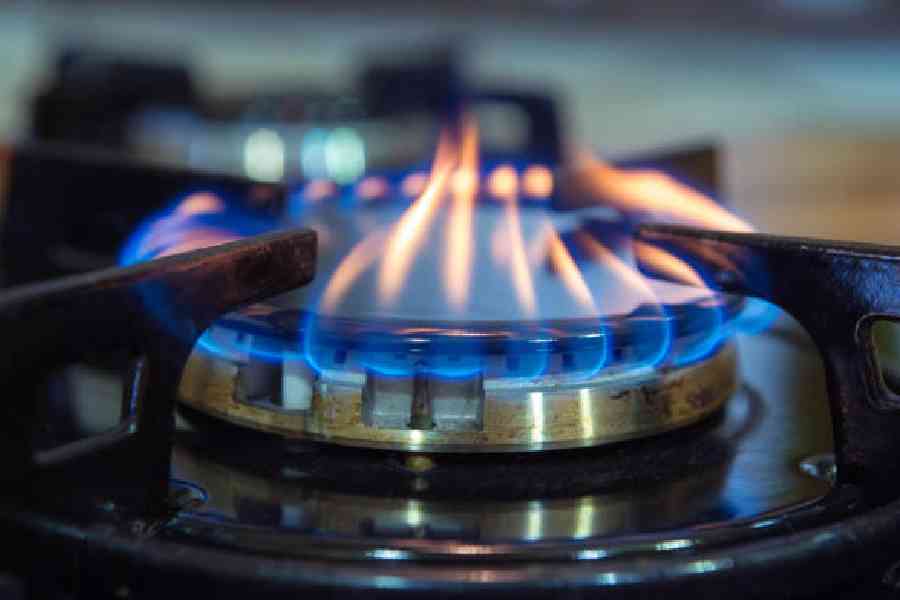However much you may love cooking on your gas stove, it’s bad for your health. But just how bad, exactly?
A new study by researchers at Jaume I University in Castelló de la Plana, Spain, found that residents of the European Union and Britain are twice as likely to die prematurely from exposure to gas stove pollutants than from a car accident.
According to the researchers, gas stoves are estimated to lead to 40,000 premature deaths each year in the EU and Britain, shaving off roughly two years of an average person’s life span. In the same region, gas stoves have led to more than 1 million annual asthma cases. Those cases in children alone cost an estimated $4.3 billion in additional health spending.
Over the last few years, study after study has shown that those circles of blue flame emit nitrogen oxides that are harmful to human health along with other planet-warming gases.
Gas stoves use natural gas. When it burns, it mostly produces carbon dioxide and water vapour. Along with those greenhouse gas emissions, burning natural gas produces pollutants that can damage health.
One is nitrogen oxide, a lung irritant and asthma trigger that can worsen an existing condition or lead to new cases of asthma. Another is benzene, a known human carcinogen, that can reach levels above health benchmarks when released from indoor gas stoves.
Since at least the 1980s, scientists have been studying the health effects of using gas stoves. In the US, the federal government considered regulating gas stoves in 1983, either banning them altogether or addressing the emissions as indoor air pollution under the Clean Air Act. But industry, as usual, pushed back, endorsing voluntary action.
By 2020, about 2 in 5 homes in the US had a gas stove.
A report that year found that the appliances, especially ones that are not vented, could be a huge source of indoor air pollution. Another recent study shows that in the US, long-term exposure to indoor gas stoves could contribute up to 19,000 adult deaths every year and be responsible for about 50,000 current cases of asthmain children.
And, unfortunately, we spend most of our days inside.
“In the US, outdoor concentrations of nitrogen oxides are down, which is good news, but at the same time we’re not keeping up with cleaning up indoor air,” said Yannai Kashtan, an air quality scientist with PSE Healthy Energy, a nonprofit scientific organisation, and an author of the asthma study in Science Advances. “We have to focus on where we spend the vast majority of our time.”
In 2023, a major federal agency, the US Consumer Product Safety Commission, began researching gas emissions and looking for new ways to address health risks. That caused a political firestorm over potential stove regulations, but states like New York are still looking to ban natural gas use in new construction, which would also ban new gas stoves.
The most obvious solution is to get rid of the pollution source: throw out your gas stove and replace it with an electric one.
But that is much easier said than done. Most renters have no control over their stoves, and many homeowners can’t afford to replace a working stove with a new one. If a kitchen overhaul is out of reach, adding plug-in electric burners can be a quick fix.
“It’s an issue of environmental justice,” said Juana Maria Delgado-Saborit, head of the Environmental Health Research Laboratory at University Jaume I and lead author of the new report. Transitioning from gas to electric stoves, she said, means “governments have to help communities make those changes, and it’s important that governments take steps to ensure that gas stoves put into the market are safe”.
“If you have a gas stove in the house while you’re cooking, you should ventilate to dilute emissions,” Delgado-Saborit said. That means turning on vent hoods, opening windows and keeping your sous-chefs out of the kitchen when possible
NYTNS











